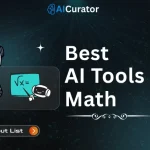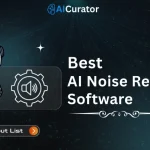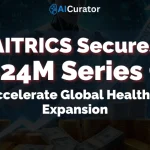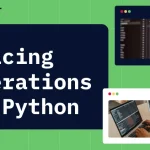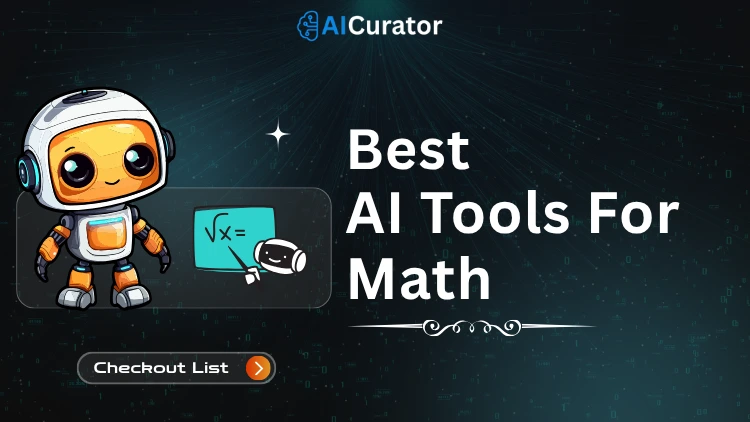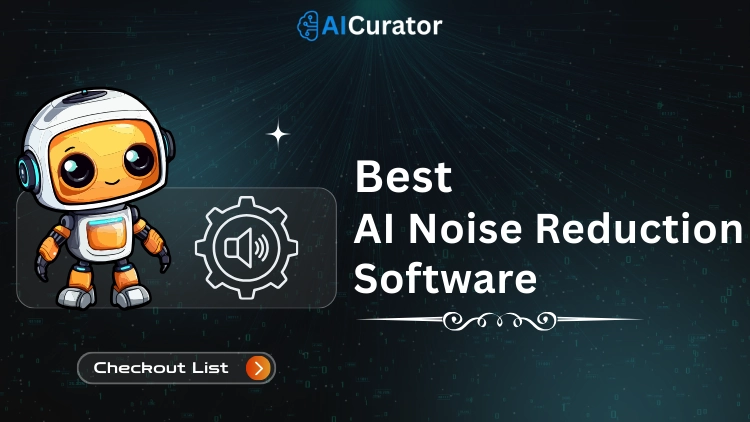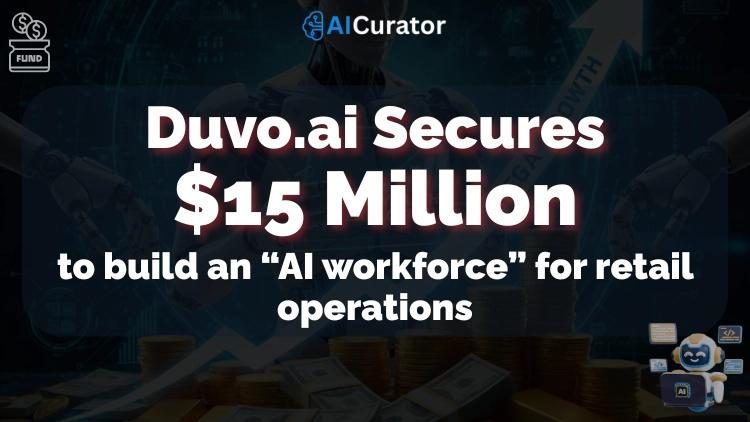Healthcare professionals waste 3-6 hours daily battling paperwork while critical patient insights hide in plain sight across disconnected systems. AI in Healthcare is flipping this broken model, connecting electronic health records, wearable data, and medical documentation into one intelligent network.
The result?
Predictive analytics that catch problems before they explode, AI medical scribes that slash admin time, and preventative care that actually prevents.
Hospitals using these integrated health systems report dramatic drops in emergency admissions and medication errors. Your patients deserve this level of connected care.
The Data Dilemma: Too Much, Yet Not Enough Insight

Healthcare is drowning in data. A 2022 survey found 69% of doctors and nurses feel overwhelmed by patient data volume, yet a staggering 97% of this data goes unused. Why? Extraction, contextualisation, and integration challenges mean vital insights slip through the cracks—directly impacting diagnosis, treatment, and patient safety.
This data overload isn’t just a headache for clinicians. It leads to:
The root cause? Disconnected systems. Patients often repeat their medical histories at every new clinic. Lack of interoperability between hospitals, clinics, and remote care settings means providers rarely see the full picture.
AI in Healthcare: The Bridge Between Disjointed Care Settings
AI is uniquely positioned to unify and interpret patient data from multiple sources:
By connecting these data streams, AI-driven platforms can:
Example: AI-powered remote patient monitoring (RPM) tools now analyse continuous streams of vitals from wearables, flagging abnormal trends before they escalate. This means earlier interventions and fewer hospitalisations.
From Reactive to Preventative: The New Model of Care
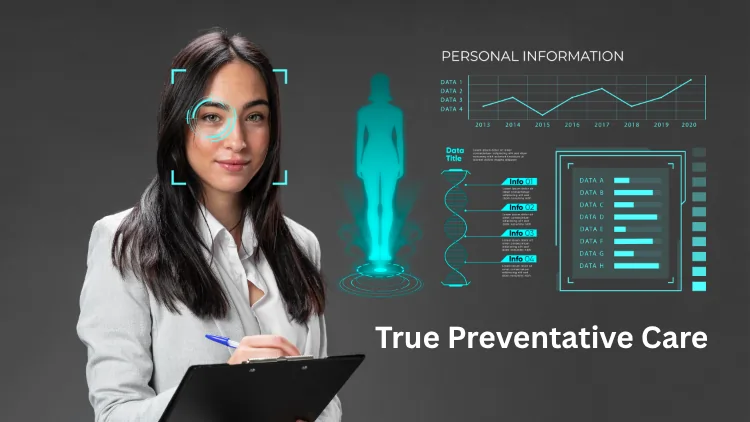
Traditionally, healthcare reacts to problems as they arise. AI is flipping this model on its head—enabling true preventative care. Here’s how:
Stat
AI-based monitoring has led to a 40% drop in emergency hospitalisations for chronic disease patients, and medication adherence improvements of 30%.
AI Medical Scribes: Reclaiming Time for Patient Care
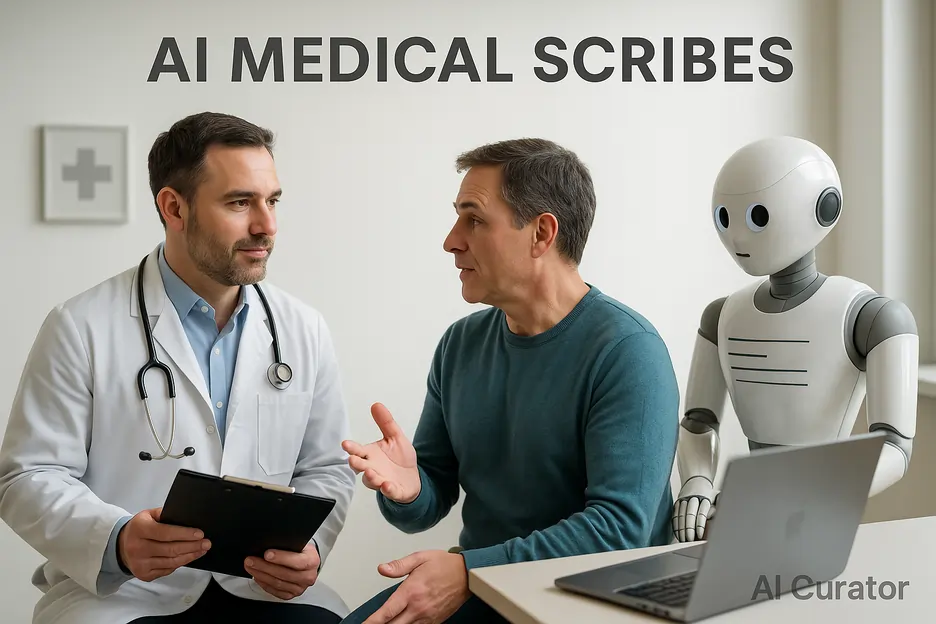
Documentation is a notorious time sink. Clinicians spend up to six hours a day on EHRs and paperwork—fueling burnout and reducing face-to-face patient time. Enter the AI medical scribe.
What is an AI Medical Scribe?
An AI medical scribe listens (in-person or via telehealth), transcribes, and structures clinical notes in real time. Using advanced natural language processing (NLP), these tools:
Stat
AI scribes can save providers up to 3 hours per day, with documentation accuracy rates of 95–98%.
Spotlight: Freed AI – The Next-Gen Medical Scribe
Freed AI is making waves as a top AI medical scribe. Here’s why clinicians are raving:
User feedback: Providers report major time savings, less after-hours charting, and improved job satisfaction. Freed AI is especially valued for accuracy with complex medical terms and adaptability to individual documentation preferences.
Spotlight: Carepatron – All-in-One AI Practice Management
Carepatron goes beyond scribing. It’s an all-in-one AI-powered platform for healthcare and wellness providers, offering:
Stat
Carepatron users report up to 10 hours saved per week, and cost reductions of 62% compared to piecemeal tools.
Real-World Impact: AI Scribes in Action
Overcoming the Interoperability Challenge
For AI to deliver on its promise, seamless integration is key. Industry leaders recommend:
Stat
AI-driven automation can cut documentation time by 50% and reduce ICU stays by 20%.
Conclusion: Smarter, Connected, Preventative Healthcare Is Here
The future of healthcare is connected, proactive, and AI-powered. By bridging data silos, automating documentation, and enabling real-time insights, AI tools are freeing clinicians from paperwork and empowering them to deliver truly patient-centred care.

As interoperability improves and AI continues to learn, expect even smarter decision support, more personalised medicine, and a shift from reactive treatment to true prevention. For healthcare leaders, clinicians, and patients alike, embracing these innovations isn’t just smart—it’s essential for better outcomes and a healthier future.
Ready to future-proof your practice? Explore Freed AI and Carepatron to reclaim your time, reduce errors, and put patient care back where it belongs—front and centre.


